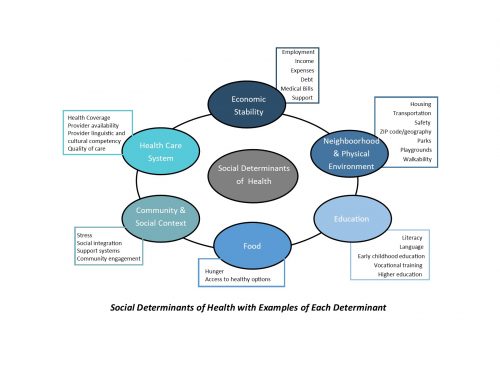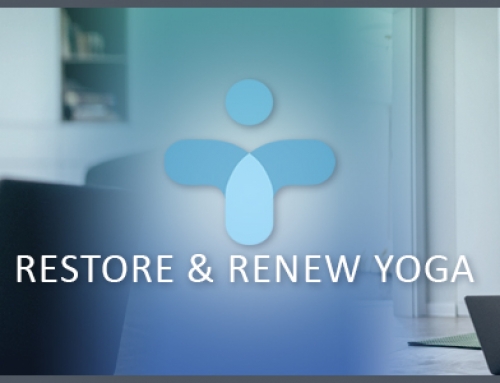I am always honored when an organization asks me to speak on the Opioid Epidemic. I am not a professional speaker by any means. I don’t travel around the country speaking at conference after conference on this topic. I mainly speak at the regional or local level, with a sprinkling of national venues.
My main goal at these events used to be to spread the word about the epidemic. In the beginning of this epidemic, we knew there were too many opioids being prescribed, but no one was truly aware of the magnitude of the problem. We used to push for transition to generics at the time of MMI, thinking we were really saving money for our clients. As time, has progressed, we now know the actual scope of the problem.
Providing statistics can be very interesting, and the shock/entertainment value cannot be underestimated. However, as those who know me will attest, I am very pragmatic and I am a “so what” kind of gal. Most of my talks these days consist of education on the CDC Guidelines for Prescribing Opioids, the concept of Number Needed to Treat (see my previous articles on this topic), the goal of any opioid therapy, when to prescribe, standardized assessment tools and discussing these Sensitive Topics with the Injured Workers.
There is no way in an hour we can develop a whole toolkit to address this epidemic. My goal is for the attendees to know there is so much out there that we can do as an industry to mitigate this epidemic.
However, the most important part of my talk, in my opinion is one of my first slides. I share a copy of a prayer card from one of my acquaintance’s sons. It is his prayer card from his funeral after dying from a heroin overdose. I stress that while as an industry we can surely save money by preventing this epidemic from continuing, my goal is for all of us to save the lives of our employees and our own family members by preventing this epidemic from continuing, and sharing methods to address current issues they may be experiencing.
I just spoke at the NE, IA, SD PRIMA Conference. None of these states statistically are in the middle or higher ranges of states with an opioid OD problem. However, I cannot tell you how many people approached me after my talk with a story of one of their children, sisters, friends, etc. with a problem. Let’s all commit to address this uncomfortable topic, and to do so from the aspect of caring.
As the CDC points out, let’s be nonjudgmental when addressing this issue as I doubt most of those experiencing this issue planned to become dependent and/or addicted to their prescribed opioid medication. Let’s review methods of discussing these sensitive topics in a therapeutic manner, and focus on collaborative methods to address their pain in a non-opioid manner. Don’t be afraid to share your stories.



